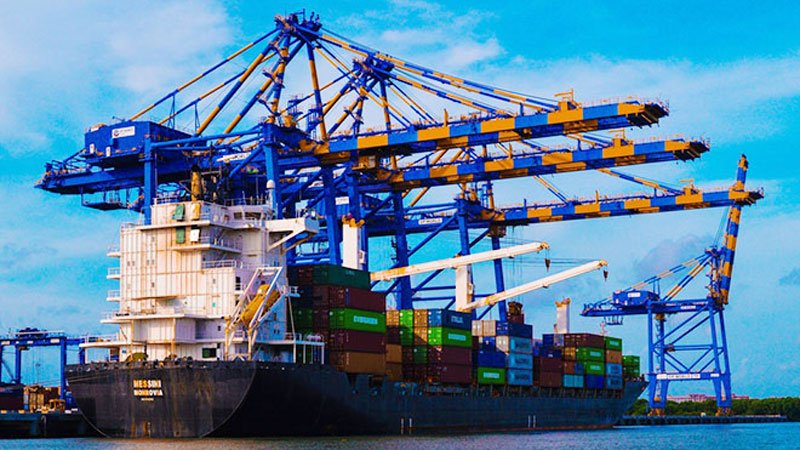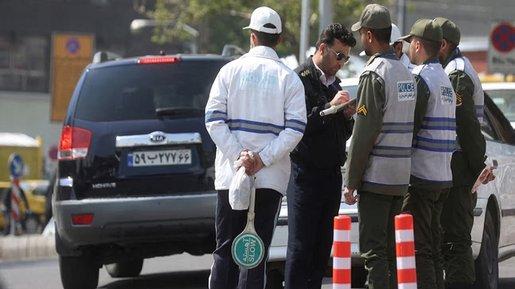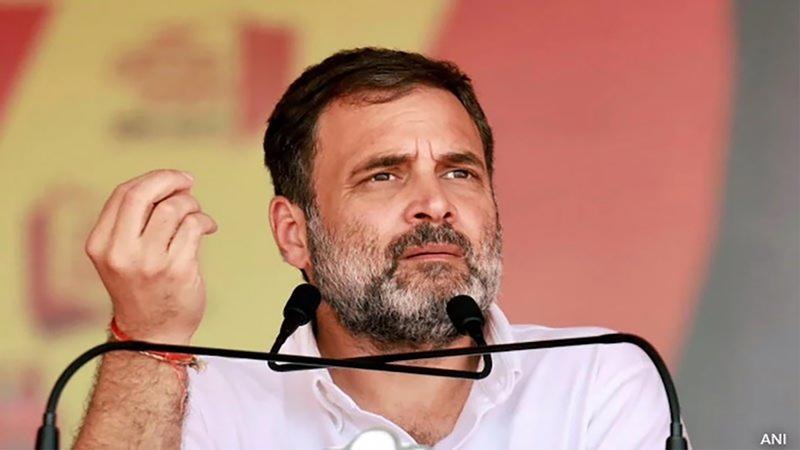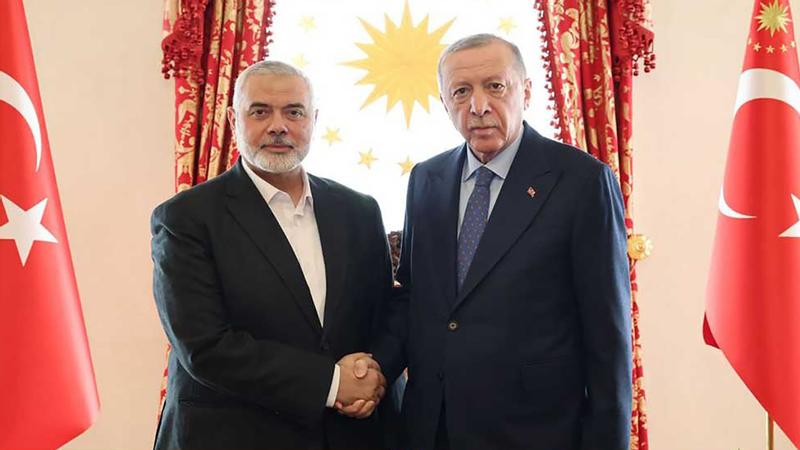Modernising the Mongla Port in Bangladesh

Photo: Collected
[According to Sohini Bose, a Junior Fellow at Observer Research Foundation (ORF), Kolkata, developing the Mongla port offers Bangladesh a strategic advantage to traverse the geopolitical power play unfolding in the region. Full text of her research article republished here with permission. The views expressed above belong to the author.]
As a country located in the Bay of Bengal, ports are an important part of Bangladesh’s growth story. For a long time, the responsibility of facilitating the country’s maritime trade has been on the Port of Chattogram alone. The situation, however, appears to be on the verge of change with China’s announcement of its decision to invest in the modernisation of Bangladesh’s Mongla port. After years of consideration, and a feasibility study which found the project to be “crucial to the development of Bangladesh”, Beijing finally sent a letter to Dhaka on 4th January this year, acquiescing to its 2019 request of funding the ‘Expansion and Modernisation of Mongla Port Facilities’ with a government concessional loan of USD 400 million.
The framework of this loan stipulates that the project will be executed by a Chinese enterprise or by a consortium of Chinese companies, as China had sought the responsibility of implementing, operationalising, maintaining, and managing the project from the early rounds of negotiation.
The plan to develop the Mongla Port is one of the 27 projects that China and Bangladesh had agreed to collaborate on during President Xi Jinping’s visit to Dhaka in 2016. In the same year, the Mongla Port Authority upgraded its Memorandum of Understanding with the China National Complete Engineering Corporation into an agreement. However, the deal was terminated in 2019 given the paucity of communication from the company’s end. Consequently, the port authority struck a deal with another Chinese enterprise by the name of China Civil Engineering Construction Company in July 2021. However, it is interesting to note that despite these early agreements, the finances were not forthcoming from China until, the Mongla Port Authority, appointed Egis India Consulting Engineers Private Limited, as the consultant for a capacity-building project worth Taka 6,014 crore, on 26th December last year.
The promptness of the Chinese decision to finally fund the project following the news of India’s involvement in developing the port is indicative of geopolitical competition brewing in the Bay of Bengal region. To make sense of this competition, it is, therefore, worthwhile to identify how China and India stand to benefit from investments in the Mongla Port.
Situated at the intersection of the Mongla and Prasur river in southwestern Bangladesh, the port is presently the second-busiest port in the country, although its traffic and cargo handling capacities are still much lower than the port of Chattogram. Nonetheless, the port is bestowed with the potential to serve as an international shipping hub, making it an attractive prospect for both China and India.
Another foothold for China in the Bay
For China, the Mongla Port provides an inlet into the sea, by which the country can further secure a foothold and maintain a greater presence in the Bay of Bengal and the wider Indian Ocean region. Bangladesh is located at the peak of the Bay, overlooking the many important Sea Lanes of Communication (SLOCs) that traverse these waters.
These shipping routes are vital for the trade of energy resources and other important commodities. As a part of the Indian Ocean which contains 40 percent of the world’s oil and gas reserves, the Bay is also home to a vast and relatively unexplored wealth of hydrocarbons. In a future riddled with competition over energy resources, Bangladesh and its seaports are therefore an attractive investment destination for extra-regional major powers such as China, in their quest for energy security.
Facilitating China’s garment trade
Another reason for China to cultivate the Mongla Port is Bangladesh’s growing garment industry. It has been reported that some garment makers in China are wanting to shift their production bases to Bangladesh due to the rising cost of production in their own country and because many brands are seeking non-Chinese suppliers in various sectors including textiles, owing to the US-China trade war.
Meanwhile, with the availability of cheap labour, the ability to export without any restriction as a least developed country, and its quotas under the Multi-Fibre Arrangement in the American market, the ready-made garment industry is booming in Bangladesh. The seaports of Chattogram and Mongla, are the backbone of this industry facilitating the import of raw materials from Southeast Asia and the export of finished products. However, owing to the heavy traffic at Chattogram, the traders often find it difficult to load and unload their cargo.
There is as yet no such pressure in the Mongla Port and it is thus already being cultivated by textile dealers and manufacturers for the export of their commodities. In July last year, a ship was flagged from the Mongla port to Poland, carrying garment exports from a total of 27 garment factories. Such consignments are likely to increase especially as the Mongla Port is much closer to the capital city of Dhaka, where many of these garment industries have their offices. The construction of the Padma Road and Rail Bridge last year has further eased travel between Dhaka and the port. Investing in the Mongla Port, and attaining the right of operation (albeit limited) would help thus China in its garment trade.
Benefiting India-Bangladesh bilateral trade
For India, the development of the Mongla port is also crucial as it will be instrumental in enhancing bilateral trade between the two countries. The port is conveniently located close to the port of Kolkata in India and hence provides a alternative sea route for trade with a travel time of around 18 hours, which can be used to bypass the congestion at the Inland Container Depots of Benapole and Petrapole at the India-Bangladesh border, where consignments can get delayed for up to 15 days.
The utilisation of the sea connect between Kolkata and Mongla Port will also help to make the most of the Coastal Shipping Agreement that exists between the two countries.
A sea access for India’s Northeast
The Mongla Port can also be used by India to provide its landlocked Northeastern states access to the sea for improved trade and connectivity. As such the port can also be used by India to better connect these states with the rest of the country, bypassing the narrow Siliguri Corridor or the ‘Chicken’s Neck’ as it is called. Accordingly, eight routes have been identified for connecting India’s Northeast region through Bangladesh’s seaports. These routes are Chattogram or Mongla port to Agartala (India) via Akhaura (Bangladesh); Chattogram or Mongla port to Dawki in Meghalaya (India) via Tamabil in Sylhet city (Bangladesh); Chattogram or Mongla port to Sutarkandi in Assam (India) via Sheola (India); and Chattogram or Mongla port to Srimantpur in Tripura (India) via Bibir Bazar (India).
Commercial benefits for India from transit trade
Finally, the port of Mongla can also be developed to facilitate transit trade of Nepal and Bhutan, the landlocked Himalayan neighbouring countries of Bangladesh. As geographically India provides the passage for such transit, it stands to gain economically, if trade develops between the Mongla Port and Himalayan countries. If expanded and modernised, the port can become a regional trading hub and will contribute towards strengthening the Bangladesh, China India and Myanmar Economic (BCIM) Corridor at the sub-regional level, as well.
Thus, the Mongla port offers Bangladesh a strategic advantage to meander through the geopolitical power play unfolding in the region. As both its neighbouring giants are keen to invest in Bangladesh, the moment is ripe for the country to utilise the interest for its own infrastructural development as well as maintain the stability of the Bay, by diplomatically balancing the contending influences of both nations.
[ Sohini Bose is a Junior Fellow at Observer Research Foundation (ORF), Kolkata with the Strategic Studies Programme. Her area of research is India’s eastern maritime neighbourhood, where she explores connectivity, geopolitics and security concerns in the Bay of Bengal and Andaman Sea. Disaster Management in the Bay and its associated strategic considerations, with an eye on BIMSTEC, is her particular area of interest. She is also nurturing the theme of Blue Economy. Maritime studies aside, she observes developments in Bangladesh as a part of the ORF Neighbourhood Studies Initiative. Sohini is a 2021, US Department of State International Visitor Leadership Program (IVLP) Fellow and a Non-resident Fellow at the National Bureau of Asian Research (NBR), Washington D.C., since January 2022. She is also pursuing her Ph.D. in International Relations from Jadavpur University, Kolkata.]
The article was originally published by the Observer Research Foundation.















